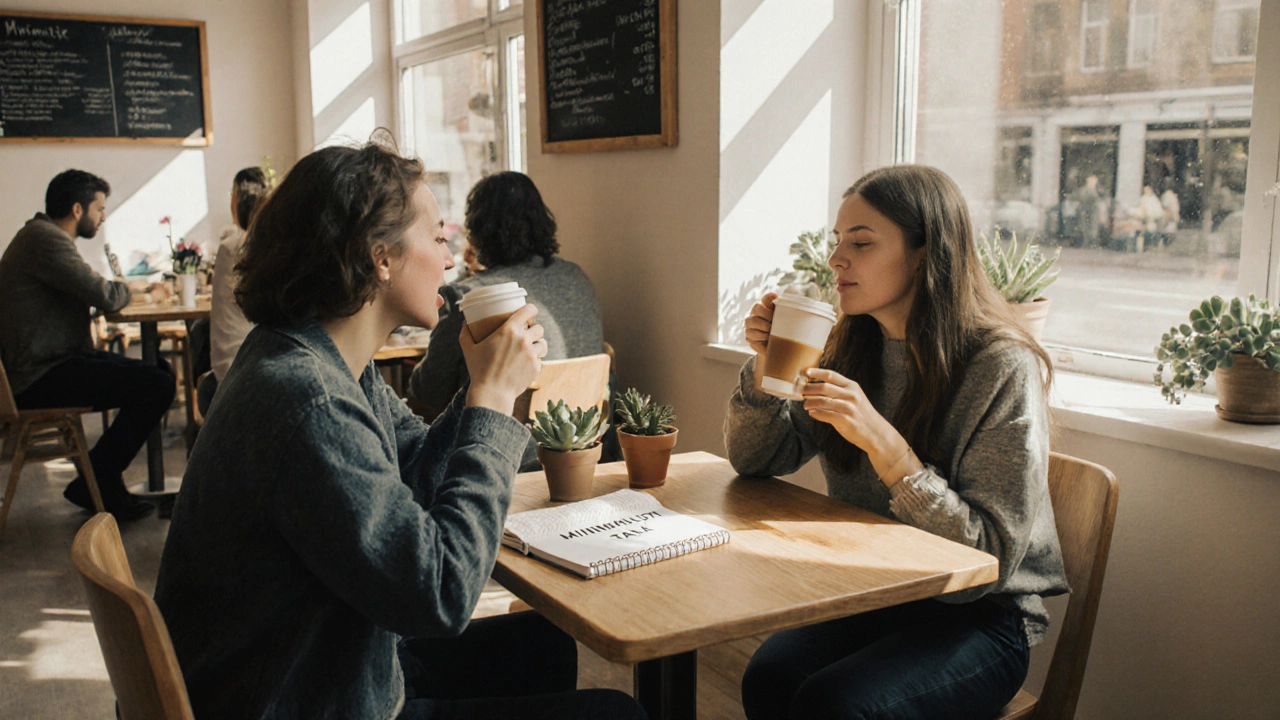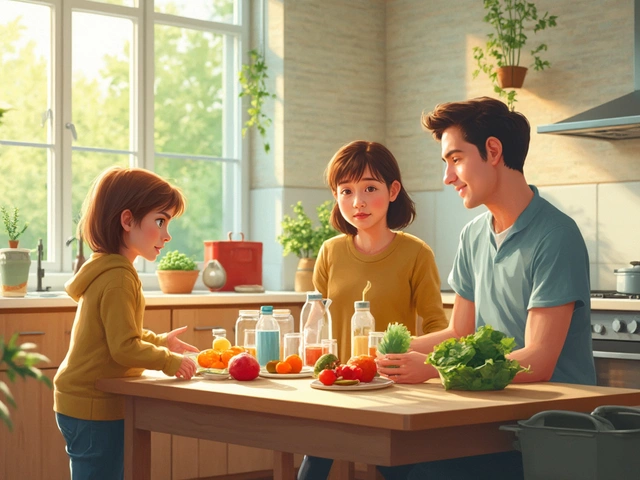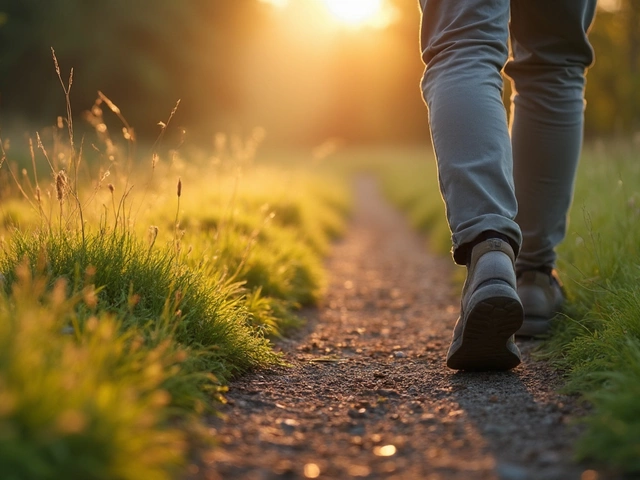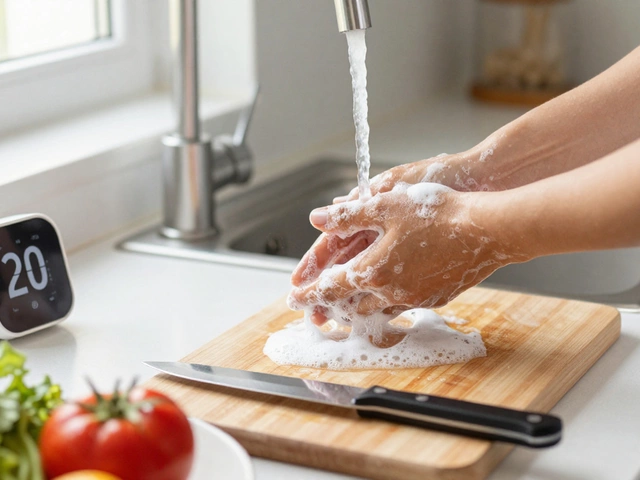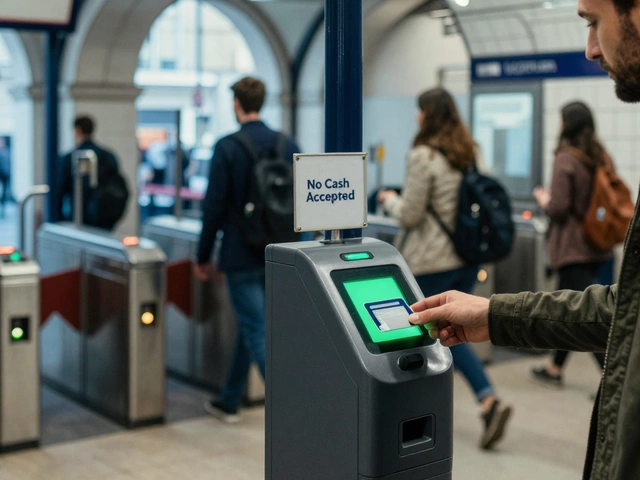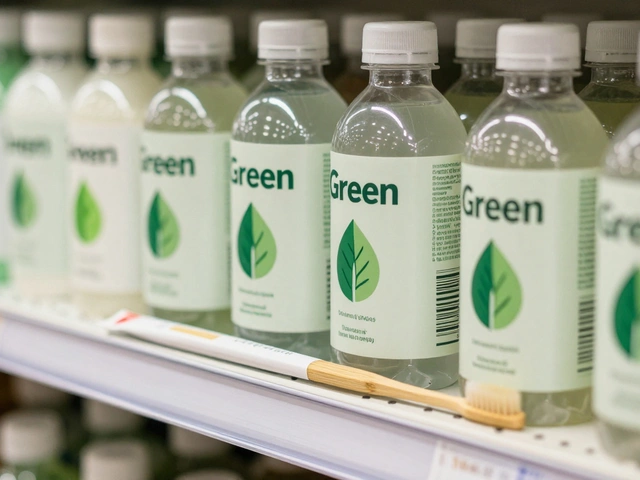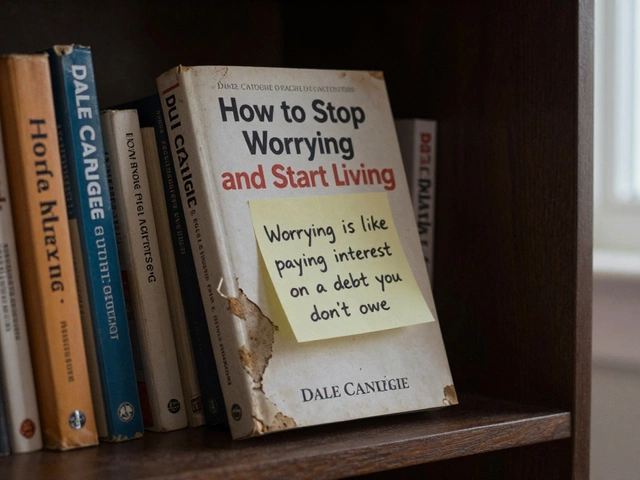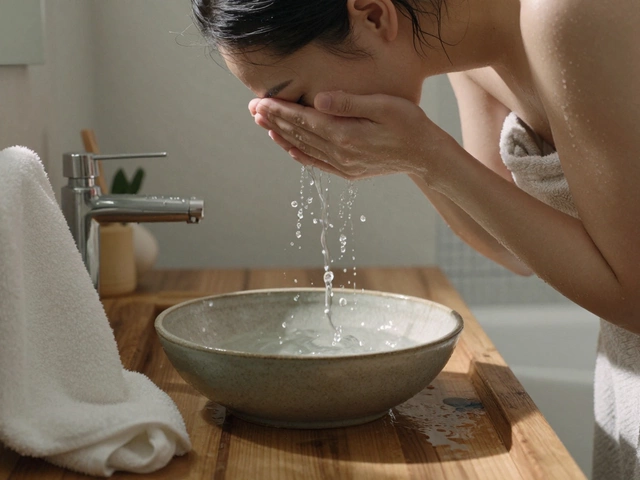Minimalism Impact Calculator
Personal Assessment
Minimalist Potential
Ever wondered whether living with less actually makes you feel more? The question has popped up in coffee chats, therapist offices, and Instagram captions alike. Below we untangle the research, psychology, and everyday tricks to see if a minimalist mindset can truly boost your happiness.
What Minimalism Really Is
When people talk about Minimalism is a lifestyle that purposefully reduces material possessions and visual clutter to focus on what truly matters, they often mean more than just a tidy room. It started as a design philosophy in the 1960s, migrated to Japanese Zen practices, and today fuels whole communities that share decluttering tips, capsule wardrobes, and debt‑free living.
Defining Happiness in a Measurable Way
Happiness refers to a subjective sense of well‑being and life satisfaction, typically measured through self‑report scales in psychology. Researchers use tools like the Satisfaction With Life Scale (SWLS) or the Positive and Negative Affect Schedule (PANAS) to turn a feeling into a number that can be compared across groups.
What the Science Says
Multiple studies link a simpler life to higher scores on those scales. A 2019 longitudinal study of 5,000 U.S. adults found that participants who reduced their “material consumption index” by 30% over three years reported a 0.45‑point increase on the SWLS, a shift roughly equivalent to gaining a new close friendship.
Another influential paper by Kasser and Sheldon (2009) showed that people who prioritized intrinsic goals-relationships, personal growth, community contribution-reported 20‑30% more life satisfaction than those chasing extrinsic goals like wealth and status. Minimalism tends to push people toward those intrinsic goals, which explains part of the happiness boost.
Yet the relationship is not magic. In a 2021 meta‑analysis of 27 studies, the average correlation between fewer possessions and higher well‑being was r = 0.27, a modest but reliable effect. In other words, minimalism helps, but it’s one piece of a larger puzzle.
Why Owning Less Can Feel Better: Decision Fatigue
Every extra item adds a tiny decision: "Do I wear this shirt? Should I keep this gadget?" Over time, those micro‑choices add up to decision fatigue, a mental tiredness that reduces self‑control and mood. Research by Vohs et al. (2002) showed that participants who cleared their desks before a test performed 12% better on concentration tasks.
By curating a smaller wardrobe, a leaner kitchen, and a streamlined digital space, minimalists free up mental bandwidth for activities that truly matter-spending time with family, learning a new skill, or simply day‑dreaming.
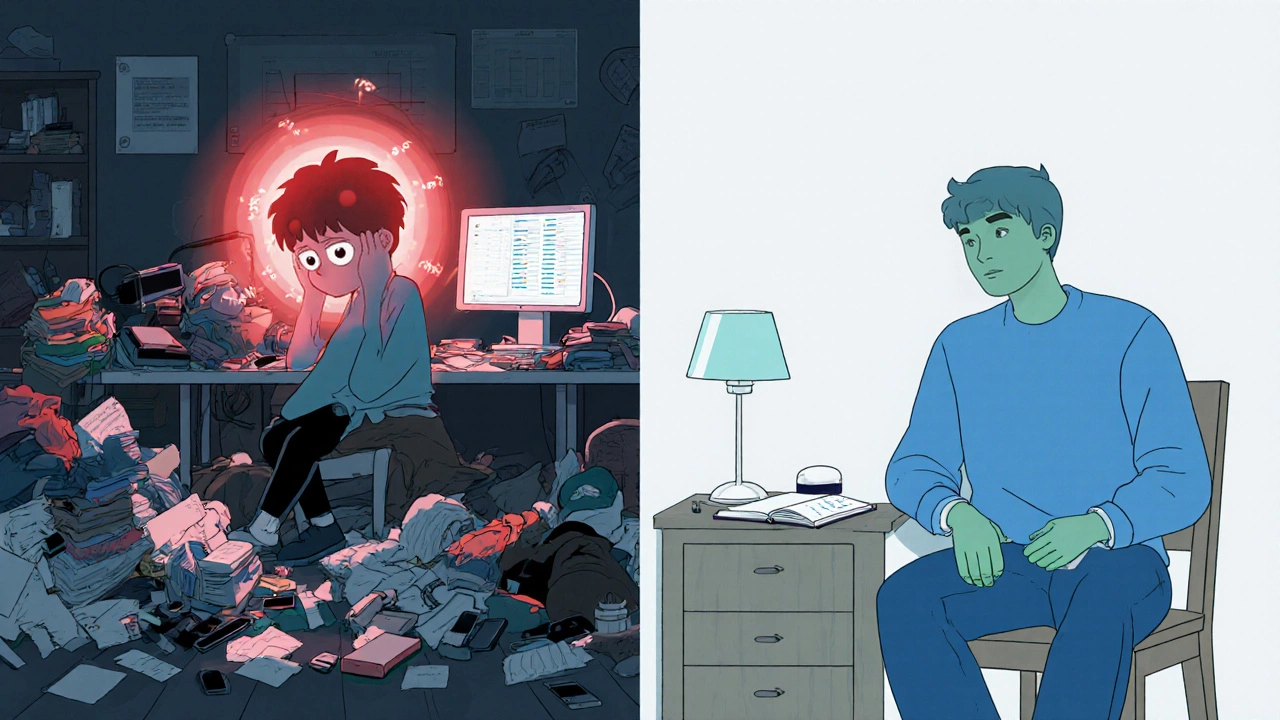
Stress, Anxiety, and the Clutter Connection
Clutter is more than an eyesore; it can trigger a physiological stress response. A 2017 study using skin‑conductance sensors found that participants in a cluttered room showed a 25% higher stress level than those in a minimal environment, even when the rooms were otherwise identical.
Less visual noise also makes it easier to locate important items, cutting down on the frantic “where did I put my keys?” moments that spike cortisol. Over weeks and months, that reduction in everyday stress compounds into a noticeable lift in overall happiness.
Financial Freedom as a Happiness Booster
One of the most tangible benefits of a minimalist lifestyle is lowered spending. The Australian Bureau of Statistics reported that households that cut discretionary purchases by 15% saved an average of AU$3,800 per year. Those savings can pay off debt, fund experiences, or build an emergency fund-each of which is linked to higher well‑being.
Financial security eases the chronic anxiety that comes with living paycheck‑to‑paycheck. A 2020 survey of 1,200 participants found that those who felt “financially in control” were 1.8times more likely to rate their lives as “very happy.” Minimalism can be a direct path to that sense of control.
Social Media, Sustainable Living, and the Bigger Picture
Living simply often goes hand‑in‑hand with sustainable choices. Buying fewer fast‑fashion items reduces carbon footprints, which many people report as a source of personal pride. That alignment between personal values and actions fuels intrinsic motivation-a core driver of happiness according to positive psychology.
Social media can both hinder and help the minimalist journey. Constant exposure to curated “more‑is‑better” feeds can spark envy, but purpose‑built accounts that showcase simple living can provide community support and inspiration. The key is curating your feed so it amplifies, rather than undermines, your values.
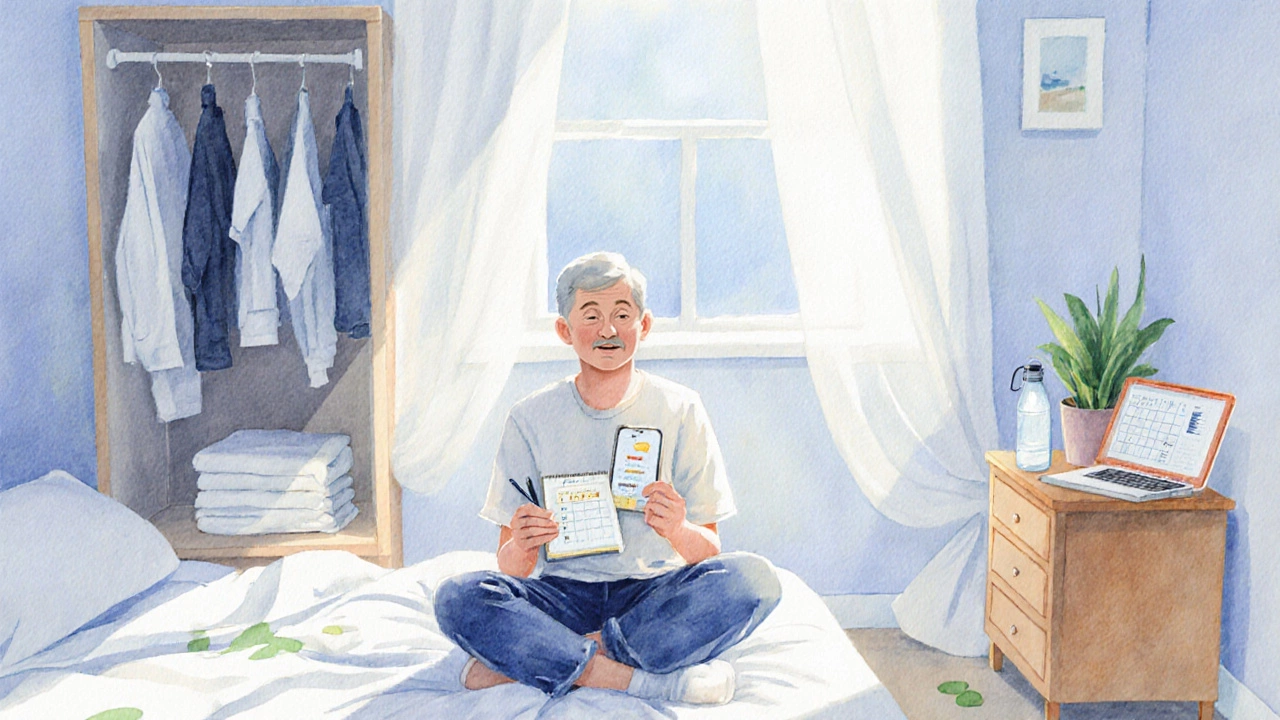
Testing Minimalism for Yourself: A Step‑by‑Step Guide
- Start with one category. Choose something visible-clothes, kitchen gadgets, or digital apps.
- Set a clear rule. Example: keep only items you’ve used in the past year, or retain just 10 favorite books.
- Donate or sell the excess. The act of giving away reinforces the feeling that you’re choosing, not losing.
- Track your mood.
- Use a simple journal or a phone app to log daily happiness on a 1‑10 scale.
- Record any changes in stress, sleep, or financial spend.
- Review after four weeks. Look for patterns: Did you feel less rushed? Did you spend less on replacements?
- Iterate. Add another category or deepen the rule based on what worked.
Doing this experiment lets you answer the question with personal data, not just general research. Many people discover that even a 10% reduction in possessions yields a noticeable mood lift.
Minimalist vs. Consumerist Lifestyle: Quick Comparison
| Aspect | Minimalist Lifestyle | Consumerist Lifestyle |
|---|---|---|
| Possessions | Curated, functional, low volume | Accumulated, status‑driven, high volume |
| Decision load | Low - fewer choices daily | High - constant evaluation of purchases |
| Financial impact | Reduced spending, higher savings rate | Higher debt risk, lower savings |
| Stress levels | Generally lower, calmer environment | Often higher, clutter‑induced tension |
| Happiness score* (average) | 7.2 / 10 | 5.8 / 10 |
*Based on aggregated data from multiple SWLS surveys cited in the studies above.
Quick Checklist for a Happier Minimalist Life
- Identify one “problem area” each month (clothes, apps, kitchen tools).
- Apply the “one‑in, one‑out” rule after the initial purge.
- Schedule a weekly “mind‑space” review to log mood and stress.
- Replace buying habits with experience‑focused spending.
- Curate your social feeds to feature simple‑living accounts.
- Re‑evaluate goals every six months - are they still intrinsic?
Frequently Asked Questions
Does minimalism guarantee happiness?
No. Minimalism removes many sources of stress, but happiness also depends on relationships, health, and personal values. It’s a powerful tool, not a universal cure.
How much should I declutter to feel a benefit?
Research suggests even a modest 10‑15% reduction in possessions can lower stress and improve mood. The key is choosing items that don’t serve a clear purpose.
Can I be a minimalist without spending a lot of money?
Absolutely. Minimalism is first and foremost about removing, not buying. In fact, many people start by selling excess items to fund experiences that matter more.
What’s the biggest mistake newcomers make?
Treating minimalism as a strict rule‑book. The most sustainable approach is to align the practice with your own values, not to mimic someone else’s checklist.
Is there a link between minimalism and mental health disorders?
Minimalism can support mental health by reducing overwhelm, but it’s not a substitute for professional treatment. Those experiencing depression or anxiety should still seek clinical help.
So, are minimalists happier? The evidence points to a measurable boost in well‑being for most people who adopt the core principles-less clutter, clearer focus, and more financial freedom. The secret is to start small, track your own feelings, and let the lifestyle evolve around what genuinely lifts your mood.

